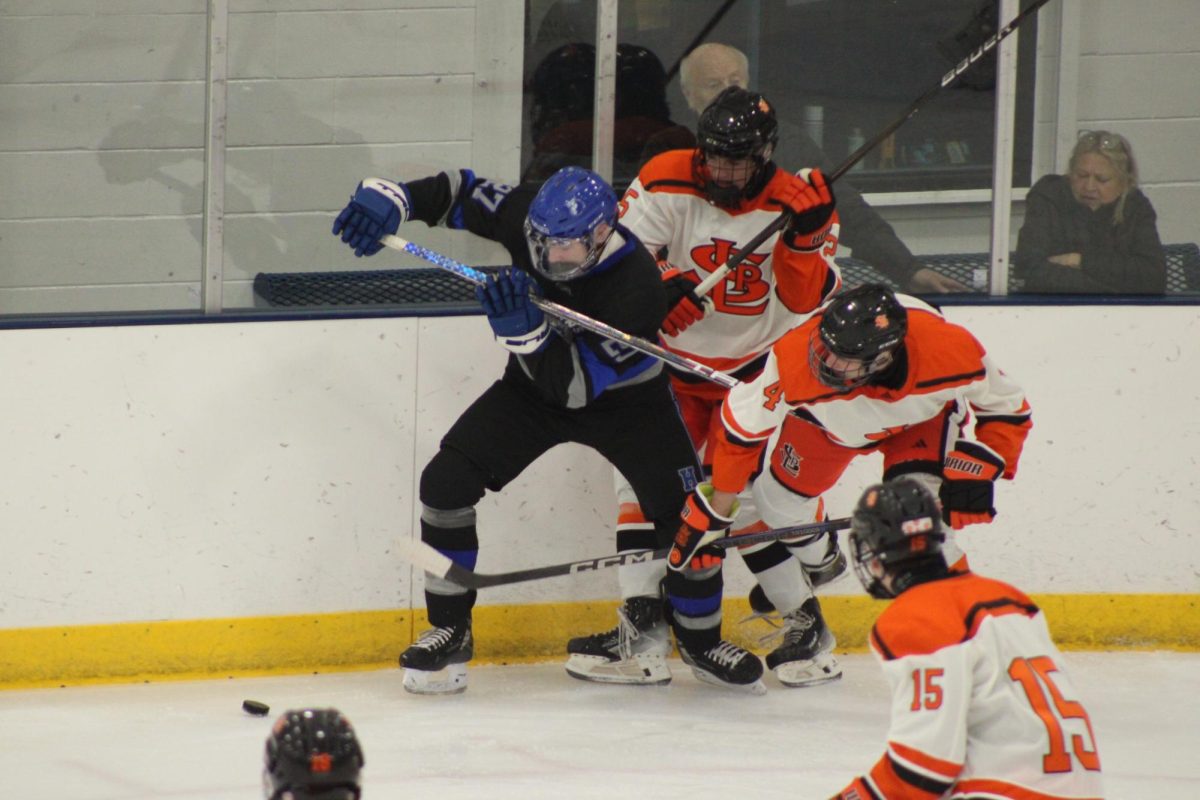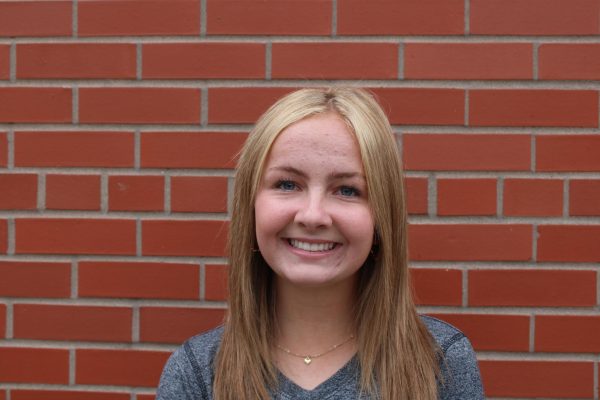This winter season, seniors who tried out for the boy’s hockey team have the opportunity to make the junior varsity team.
This policy change is a change from from last year when seniors could play on the varsity team, or not at all. Head coach Tyler Brodersen said the change was based on the number of athletes.
“Last year, we had more kids than we had spots for, so we had to cut the seniors who didn’t make the varsity team,” Brodersen said. “Anytime I don’t have to do that (I don’t). Especially this year, we have a really good group of seniors. They’re really good kids and I wanted them to have a place to play. For some of them, that’s JV.”
This change could be a positive thing for seniors who are beginners to hockey or who are trying to get better at hockey with lower stakes. It keeps the varsity team strong while giving seniors who don’t make the varsity cut a chance to have fun and be part of a team. Being on junior varsity is a great chance to improve skills and participate in both competitions and games without a huge sense of pressure to perform well. Junior varsity is also an opportunity for physical and mental growth, team bonding and playing time. Varsity can be a stressful environment, especially for those not quite up to the skill level yet. Having a middle ground between varsity and getting cut also can make tryouts less stressful.
This change could possibly entail negative consequences for underclassmen who want to play hockey for Park this year. Underclassmen tend to make junior varsity more often than seniors do. When seniors are allowed a spot on junior varsity, they fill a spot that an underclassmen could’ve potentially had. This results in underclassmen getting cut. Some would argue that junior varsity spots should be reserved for underclassmen who are just as hardworking as seniors. I believe that although there are both positive and negative consequences to this change, overall it is good to let seniors make junior varsity. Underclassmen have years ahead of them to continue improving their skills, while this is the seniors’ last chance.
A benefit to this decision is that it could lead to an increase in competition and skill development among the younger players. Underclassmen on junior varsity now have the opportunity to learn from seniors and perhaps elevate their skills. However, a negative consequence is that this more competitive environment and increase in pressure to perform well at tryouts to get a spot on junior varsity results in more stress for underclassmen.
Another beneficial consequence of the inclusion of seniors on junior varsity is that it will likely help foster a sense of unity. Older and younger athletes getting the chance to train and play games together will help form strong bonds and a supportive team culture. It is important for upperclassmen and underclassmen to feel connected as this helps strengthen the Park community.
Ultimately, this change has both positive and negative effects on the hockey community. It promotes inclusivity and teamwork for some while posing challenges for others. It will be interesting to see how this new policy continues to shape the hockey team and the experiences of hockey athletes throughout the course of the season.










